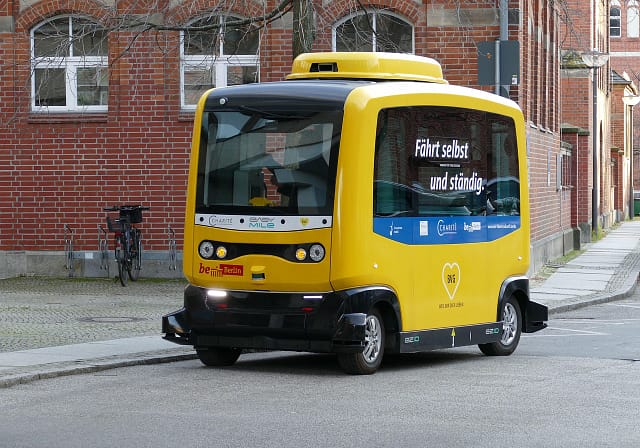The world is on the brink of a transportation revolution. Self-driving cars are no longer just a concept from futuristic movies; they are becoming a reality that many people are embracing enthusiastically. Imagine sitting back, relaxing, and letting your car navigate through traffic while you catch up on emails or enjoy your favorite podcast. This dream is fast turning into an everyday occurrence for countless individuals. As technology advances at breakneck speed, more people find themselves drawn to the idea of autonomous vehicles. But what’s driving this shift? Is it merely a convenience, or does it go deeper? Let’s explore the rise of self-driving cars and uncover why so many are eager to hop on board this exciting journey.
The Rise of Self-Driving Cars
The rise of self-driving cars is reshaping our roads. Once seen as a distant dream, advancements in technology have propelled these vehicles into the spotlight. Major automakers and tech companies are investing heavily to make this vision a reality. Innovations like artificial intelligence and machine learning play crucial roles in vehicle autonomy. These technologies enable cars to analyze vast amounts of data from their surroundings in real-time, allowing for safe navigation without human intervention. Public interest has surged as people become more aware of the potential benefits. With promises of reduced traffic congestion and improved fuel efficiency, many view self-driving cars as a solution to some pressing urban issues.
Benefits of Self-Driving Cars
Self-driving cars offer a range of advantages that are hard to overlook. For starters, they can significantly reduce traffic congestion. With advanced algorithms and real-time data, these vehicles optimize routes and minimize delays. Another benefit is the potential for increased mobility among those who cannot drive. Elderly individuals or people with disabilities can enjoy newfound independence, accessing transportation without relying on others. Moreover, self-driving technology promises enhanced fuel efficiency. By maintaining steady speeds and reducing sudden stops, these cars contribute to lower emissions—benefiting both users and the environment.

Impact on the Traditional Transportation Industry
The emergence of self-driving cars is shaking up the traditional transportation industry. Ride-sharing services are feeling the heat as autonomous vehicles offer a new, efficient commuter alternative. Taxi companies and public transit systems must adapt quickly or risk being left behind. Many are exploring partnerships with tech firms to integrate driverless technology into their fleets. Logistics and delivery sectors are also transforming. Automated trucks promise faster deliveries at reduced costs, changing how goods move across cities and states. This shift could lead to job displacement in driving professions but may create opportunities in tech development and vehicle maintenance roles instead. As consumers grow comfortable with autonomy, expectations for convenience will rise. Traditional models must innovate or face declining relevance amidst this revolution in mobility options.
Cost and Accessibility of Self-Driving Cars
The cost of self-driving cars is often a hot topic. While these vehicles promise cutting-edge technology, the price tag can be daunting. Early models may seem available only to a select few with deep pockets. However, as production ramps up and demand increases, prices are expected to drop. Economies of scale could eventually make autonomous cars more affordable for everyday consumers. Accessibility also plays a crucial role in their adoption. In cities where public transportation struggles, self-driving vehicles might fill essential gaps. They offer mobility options for those who cannot drive due to age or disability.
Conclusion
The world is at a crossroads with the advent of self-driving cars. As technology continues to advance, the benefits are becoming clearer. Reduced traffic accidents and increased accessibility stand out as key advantages. However, safety concerns linger in the air, alongside regulatory challenges that need addressing. As all these factors interplay, one question looms large: Is society truly ready to embrace self-driving cars? The answer will shape our future roads and redefine mobility itself.




